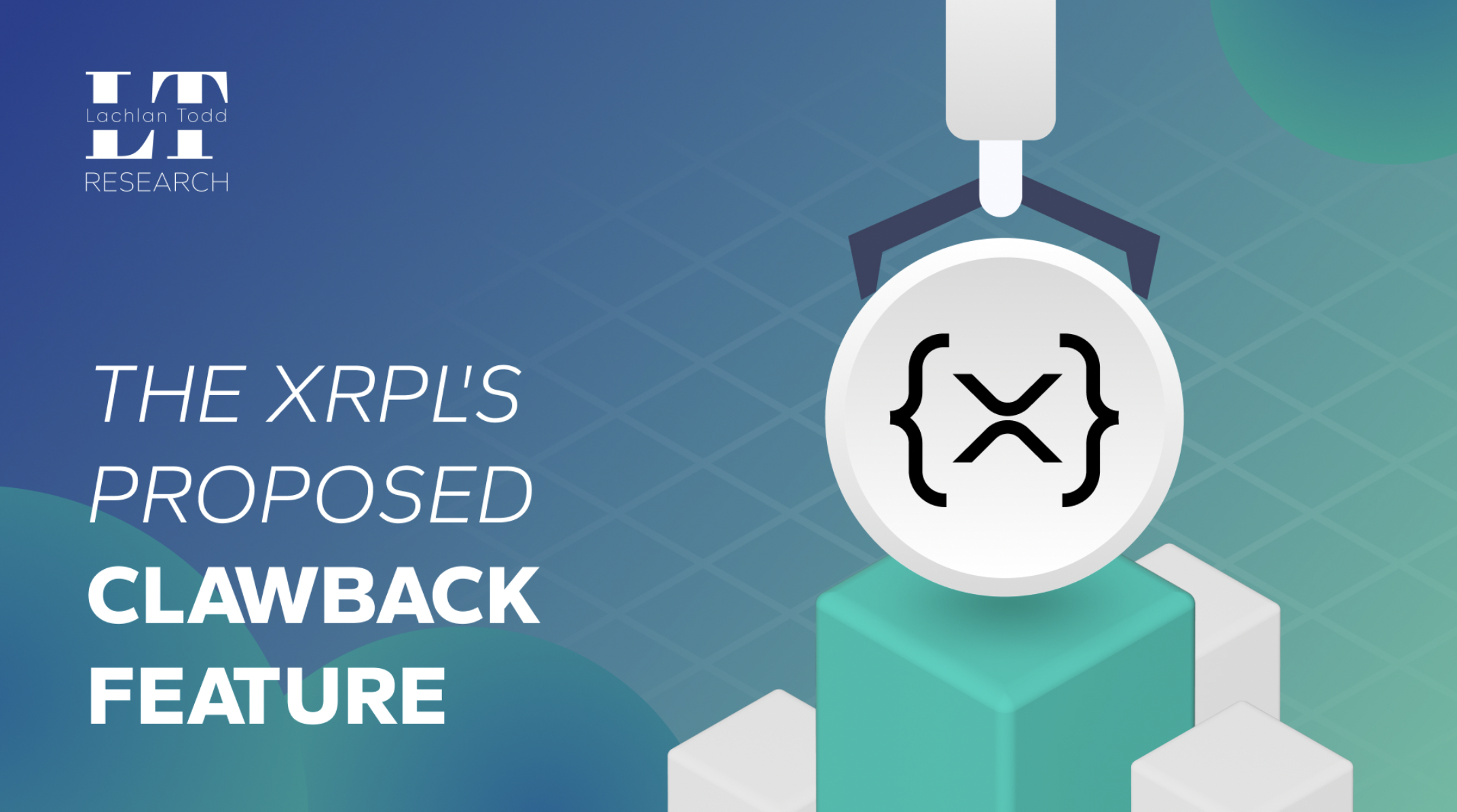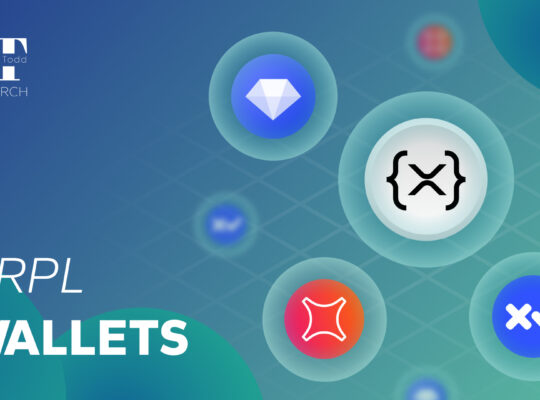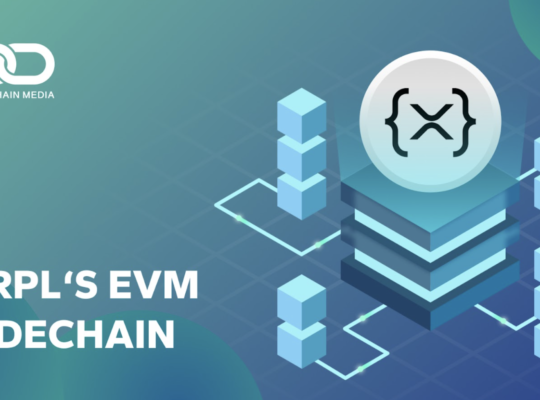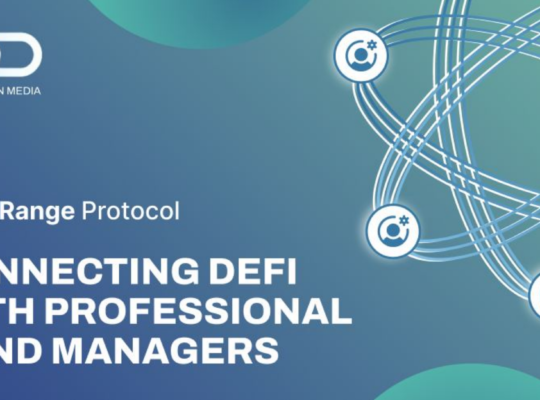The new Clawback feature has just been announced as part of the rippled 1.12.0 release and is open for voting by the XRPL community. The feature would allow issued tokens (not XRP itself) to be “clawed back” to a token issuer when appropriate. It’s an important addition in terms of ensuring network safety and compliance, especially considering the XRPL’s institutional focus.
In this article, I’ll cover:
- What the Clawback feature entails.
- Why I do not see this as being of concern to the average user, and how it can be easily circumvented.
- Key terms & definitions surrounding the XRPL, such as ripplings and trust lines.
Overall, my view is that the Clawback is great news for the network – it’s an important feature that helps institutional use cases arrive on the XRPL and is in fact similar to features already present on other existing networks.
Trust Lines & Rippling
First, let’s examine two core concepts of the XRPL: trust lines & rippling.
XRPL-based assets are known as issued currencies and they’re essentially an IOU.
For example:
- I send $100 to a token issuer like Bitstamp.
- They hold the $100 in legal custody and issue $100 on the XRPL as tokens.
- At a later date, I can come back to Bitstamp to redeem my XRPL-based tokens for fiat.
Trust lines represent this relationship between myself and Bitstamp. Trust lines are bidirectional relationships because they connect my account with a token issuer. Under the above situation, Bitstamp would “owe” me $100.

Naturally, one will want to establish trust lines (IOU’s) with trustworthy parties, because if an issuer were to become insolvent, the issued tokens would become worthless.
Let’s consider an example:
Imagine that I was to send a friend $10 – my balance with Bitstamp would increase, and my friend’s overall balance would increase. My friend might be using tokens that were issued from a different party, and therefore have a different trust line. In this situation, two trust lines would be updated.
This is known as a rippling.
Ripplings are when more than 1 trust line is adjusted to make a payment, and they occur when addresses are linked via trust lines that share the same currency. It’s a simplified way of settling interconnected debts.
Worth noting is that you wouldn’t end up holding untrustworthy tokens – it’s simply debt balances that are adjusted. However, having one’s debts be adjusted by others via ripplings may not be desired, and can be turned off by what’s known as the No Ripple Flag.
There are also what’s known as authorized trust lines: this feature allows issuers to create tokens that may only be held by authorized accounts. For example, certain assets might only be eligible to be held by parties that have undergone KYC processing.
Authorized trust lines can be considered analogous to whitelisting processes on other networks like Ethereum, and are most relevant from a compliance perspective.
Freezing
Many issues could occur on the XRPL, including:
- Malicious intent: Transaction spamming, money laundering, sybil attacks, or network usage by illegal organizations. Theoretically, this should be very challenging to do in the first place given the security measures in-place on the XRPL.
- Lost account access: Lost private keys, phishing attacks, or loss-of-life by an account holder.
- Other unforeseen issues: Software bugs, regulatory changes, or any other hard-to-predict changes.
Safeguards are needed to address these potential issues. Freezing is one means of addressing the above and entails having relevant assets frozen in place.
There are three types:
- Individual Freeze: The counterparty can only return frozen funds to the issuer. In my case, I could only send my tokens back to Bitstamp. For example, a party proven to be committing money laundering or fraud could have their assets frozen.
- Global Freeze: Only a token issuer can enact this, and it would freeze all relevant counterparties. The most likely use case would be if the issuer’s secret key was compromised. Once enacted, all token holders would have their funds frozen, meaning in my case I could not send my funds anywhere.
- No Freeze: This permanently removes the ability to freeze individual counterparties. It does not disable the ability to enact a global freeze, but disables the ability to turn off a global freeze.
When interacting with a token on the XRPL, it can be checked if these settings are active, as they would need to have first been enabled. For example, if No Freeze is enabled, then freezes would not be possible.
This can be checked by using the WebSocket API, which might be a bit confusing for non-tech users (creating an easy-to-read tool for navigating active XRPL flags could be a good development project for anyone interested!). Otherwise, I believe that XRPL Explorers makes it possible to check active settings for any given account by searching up the account.
Now, could the freeze functions be abused by issuers? This is certainly possible.
But it also jeopardizes their entire reputation, and any misuse of these features could result in costly legal action. It’s much more likely that they are only used in dire situations, such as during an exploit.
Now that we’ve covered freezes, let’s look at the new Clawback feature that goes hand-in-hand with freezes.
Clawback
As more assets arrive on the XRPL, more institutional use cases will also be adopted. This could range from commodities trading to tokenized financial instruments, to much more. It’s an important feature necessary to enable more institutional-grade use cases, and not all tokens will have the Clawback feature enabled.
There’s therefore a need for asset control measures that ensure network safety and compliance. Without these safety precautions, it’s much harder for institutions to be able to adopt the XRPL and begin using it. A lack of these precautions could also cause significant complications in the event of issues such as an on-chain exploit.
The Clawback feature allows assets to be “clawed back” from a given Ripple trust line under specific circumstances. It’s just another asset control measure in the XRPL’s toolkit that would need to be activated on certain assets in order to be possible.
For example:
- Lost Account Access: if I lost access to my funds, the Clawback could be used to reassign tokens to my new wallet.
- Malicious Activity: if an asset encounters fraudulent or malicious activity, the issuer can reclaim funds from those responsible.
It’s therefore very similar to Freezing in the sense that it’s a safety precaution likely to only be used when necessary.
Analysis
I believe that it’s fair to express concerns over features like this which could seemingly hinder one’s freedom to transact freely on a blockchain network.
That being said, it’s important to recall that the XRPL is being primarily adopted by institutions, and even 5 countries are now building on it. This entails complying with relevant legal frameworks, and having safety measures in place is a necessity – opposing measures like the Clawback would do more harm than good. Similar precautions are also present on other networks, such as how USDC or USDT can be frozen if one’s account is deemed tied to illegal activities.
With the XRPL, assets will also show that they have the Clawback feature enabled. This means that those truly concerned about this can simply choose to interact with assets where there is no Clawback feature enabled.
Overall, the Clawback feature can be circumvented by those in opposition, but as a whole is beneficial to the XRPL network as it makes it significantly easier from a legal perspective for institutions to operate on the network.
It’s also relevant to note that the Clawback can only interact with issued assets – that means it cannot be used to Clawback XRP itself.
Next Steps
The Clawback feature is open for voting and requires >80% approval from validators.
In the meantime, those interested in learning more about the feature, here are some good resources:
And if you are interested in learning more about building on the XRPL, I believe there’s a significant opportunity for developers. This includes EVM developers, which I covered recently.
If interested, feel free to book a call with me and we can discuss the process.
You can also check out both myself and other XRPL content of mine here.






